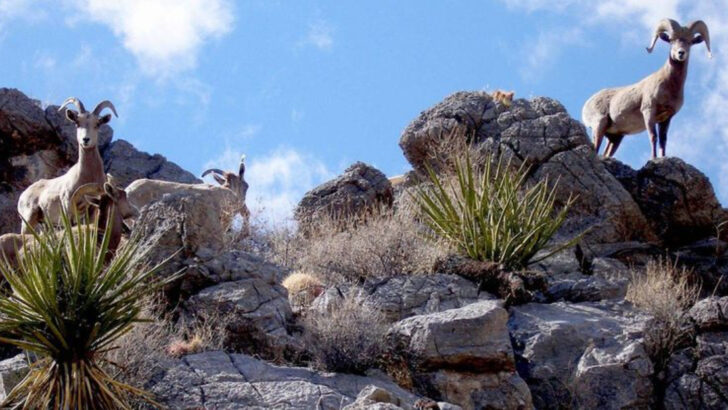Wild bighorn sheep aren’t just surviving in the desert—they’re thriving.
While much of America has watched their numbers shrink, one place still echoes with the thunder of hooves: the mighty Mojave Desert.
Here, in the sun-scorched valleys and rocky cliffs, these tough-as-nails creatures reign. They’re built for brutal summers, steep canyons, and the kind of terrain that would leave most animals begging for mercy.
If you think deserts are lifeless wastelands, the Mojave’s wild sheep are ready to prove you wrong—one epic stampede at a time.
Mojave Desert
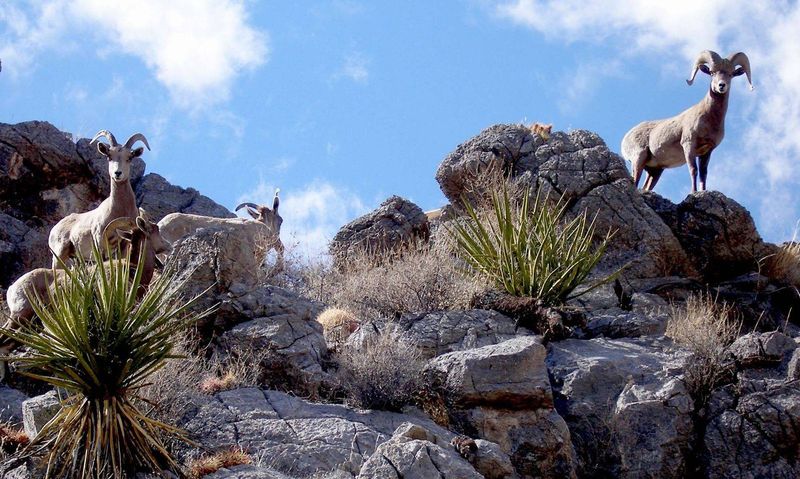
Imagine stepping into a world where the horizon stretches infinitely, the sun casts golden hues over the sand, and silence reigns supreme. The Mojave Desert, with its extreme temperatures and unique ecosystem, is home to a thriving population of wild bighorn sheep. These creatures have adapted to the harsh conditions, showcasing nature’s resilience. Their presence speaks volumes about the delicate balance maintained in this ecosystem. Visitors may be lucky to spot a herd traversing the rocky terrain, an inspiring sight that underscores the importance of preservation efforts. This desert truly epitomizes the wild, untamed spirit of the American West.
Adaptations of the Bighorn Sheep
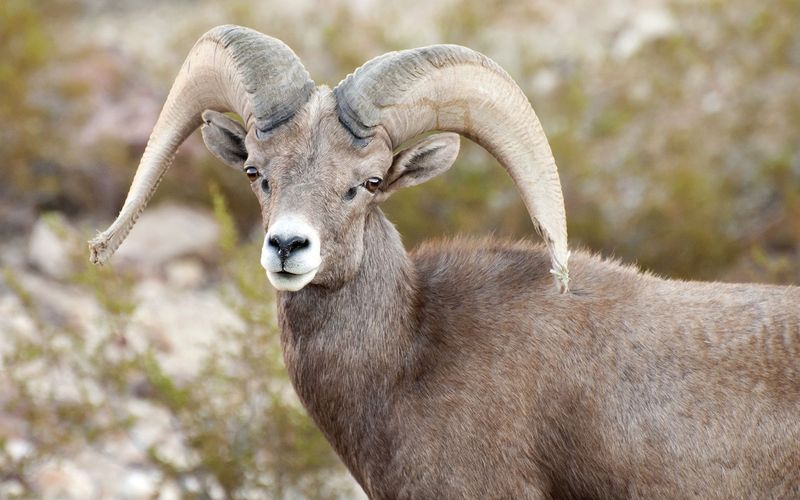
The bighorn sheep, with its muscular build and keen eyesight, is perfectly suited for desert life. Its impressive horns, which can weigh up to 30 pounds, are not just for show. They play a crucial role in mating battles and establishing dominance. These animals have evolved to extract moisture from the sparse vegetation, an essential survival trait. They navigate the rugged terrain with remarkable agility, making them masters of their environment. Observing these creatures in action offers insight into the remarkable adaptive strategies of desert wildlife, a testament to nature’s ingenuity and the ongoing wonders of evolution.
Desert Flora Supporting Wildlife
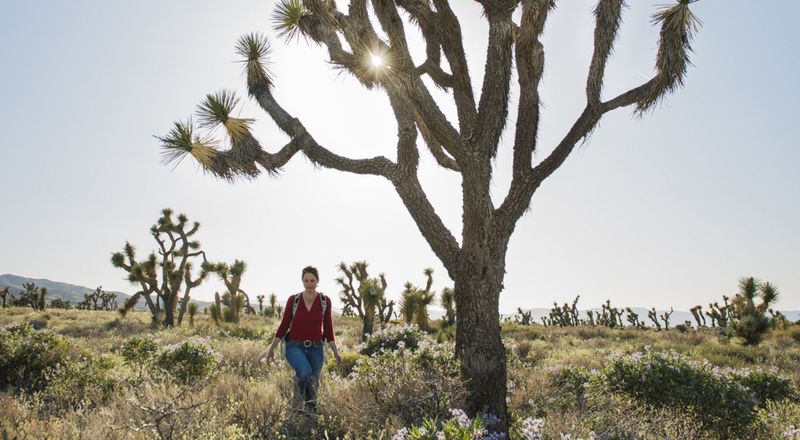
In the harsh environment of the Mojave, life finds a way to flourish. The desert’s flora, including iconic cacti and resilient shrubs, provides essential sustenance for the bighorn sheep. These plants have adapted to conserve water and thrive in nutrient-poor soil. Their ability to bloom under such conditions is nothing short of miraculous. The interplay between plant and animal life creates a delicate, interdependent web. This relationship highlights the importance of each element in maintaining the desert’s health. Without these plants, the bighorn sheep would struggle to survive, showcasing the crucial balance of nature.
Conservation Efforts

Conservationists work tirelessly to ensure the Mojave Desert remains a haven for bighorn sheep. Efforts include habitat restoration, monitoring populations, and combating the threat of disease. These initiatives are critical in preserving the delicate balance of this ecosystem. Public awareness campaigns aim to educate visitors on the importance of respecting wildlife areas. Community involvement has proven essential in fostering a sense of stewardship. By protecting the bighorn sheep, we safeguard the desert itself, ensuring future generations can witness its beauty. These efforts are a testament to our commitment to coexist with nature responsibly and sustainably.
Historical Significance of Bighorn Sheep

The bighorn sheep hold a special place in the history and culture of the indigenous peoples of the Mojave. They are often depicted in ancient petroglyphs, symbolizing strength and resourcefulness. These images offer a glimpse into the deep connection between humans and nature. For centuries, bighorn sheep provided sustenance and spiritual inspiration to the tribes. Today, they remain a powerful emblem of the desert’s rich heritage. This historical narrative enriches our understanding of the region and its inhabitants. By appreciating this cultural legacy, we gain a deeper appreciation for the living tapestry of the Mojave’s past and present.
Whistling Winds of the Mojave
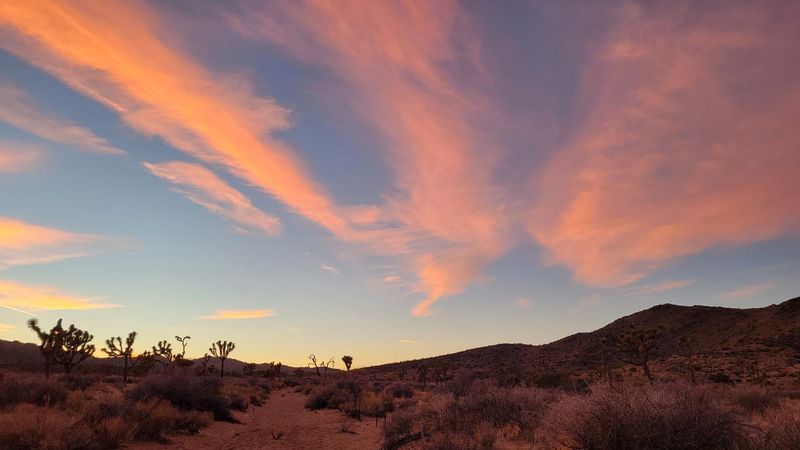
Sometimes it feels like the Mojave Desert has a life of its own. The winds whistle through the canyons, carrying stories of old. Ever wonder what the wind might whisper? Perhaps tales of ancient desert dwellers or the silent journeys of the bighorn sheep.
Imagine standing there, feeling the breeze on your face, and letting your imagination run wild. The sound is not just white noise; it’s a symphony of nature’s secrets.
The swirling sands under the vivid sunset sky create a mesmerizing dance, painting the landscape with nature’s brush.
Cactus Blooms that Surprise
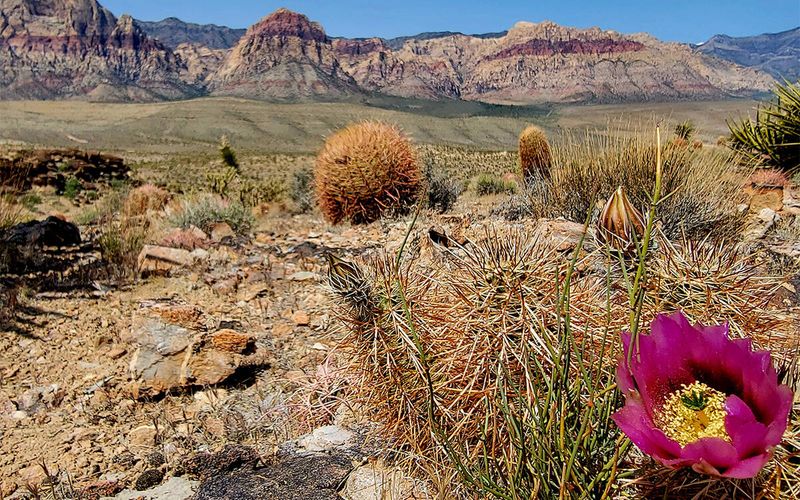
In a land known for its harsh conditions, the Mojave Desert offers surprising bursts of color. During certain times of the year, cacti bloom with vibrant flowers, transforming the desert into a painter’s palette.
These blooms don’t just add beauty but tell a story of resilience and adaptation. Just when you think you know the desert, it surprises you with its colorful secrets.
The contrast of delicate flowers against the rugged terrain is a testament to nature’s ability to thrive against the odds.
The Desert’s Starry Nights
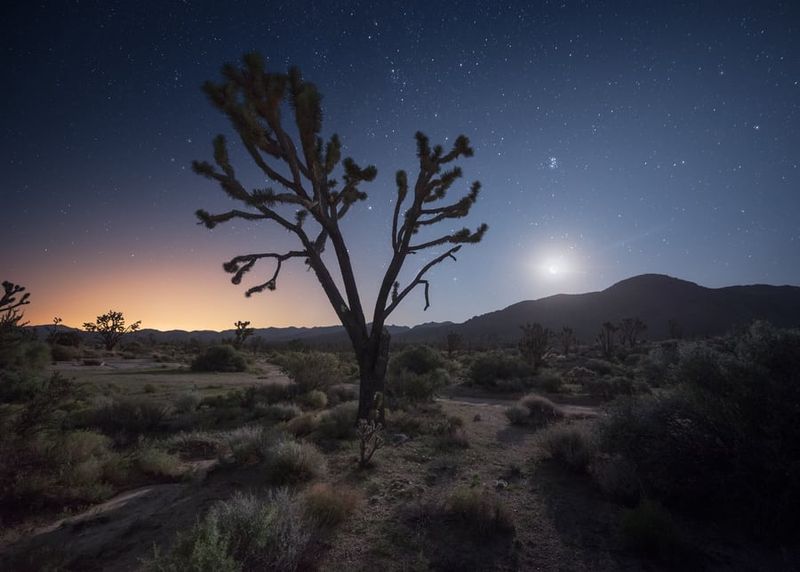
Away from city lights, the Mojave Desert offers some of the clearest night skies you’ll ever see. On a clear night, the stars appear to blanket the sky, creating a celestial masterpiece.
Imagine lying on the warm sand, gazing up at the constellations. The silence of the night is occasionally broken by the distant call of a nocturnal animal.
This starry spectacle not only captivates the eyes but also provides a peaceful backdrop for the desert’s nocturnal inhabitants, including the elusive bighorn sheep.

